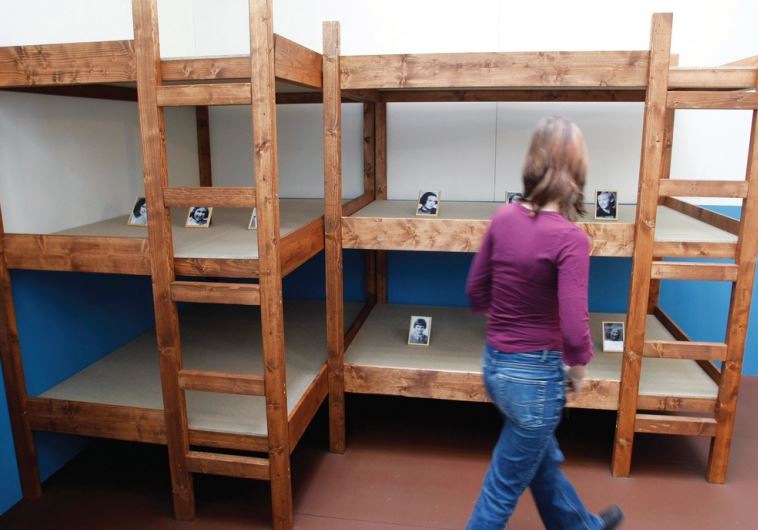A journey through Jewish history
The miracle of the birth of Israel is something that most Jews today take for granted, something that they rarely contemplate.
 A VISITOR walks in front of an exhibition about life in the concentration camp Theresienstadt
A VISITOR walks in front of an exhibition about life in the concentration camp Theresienstadt